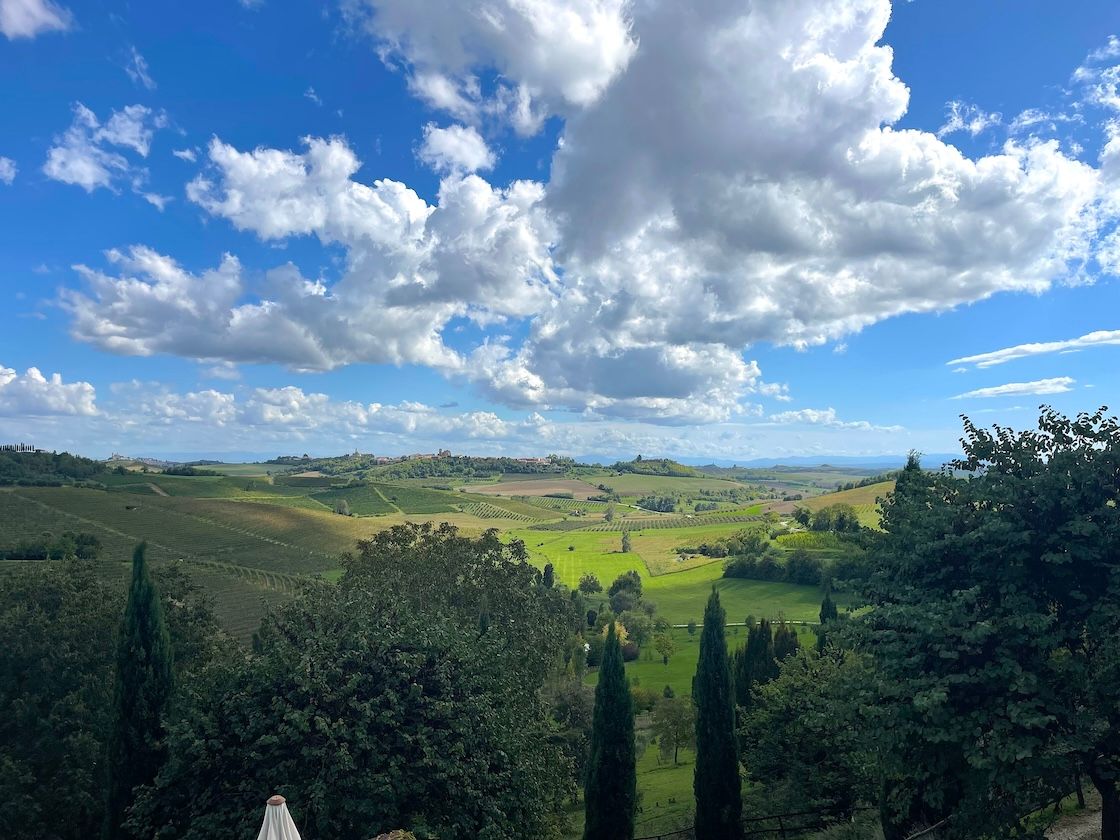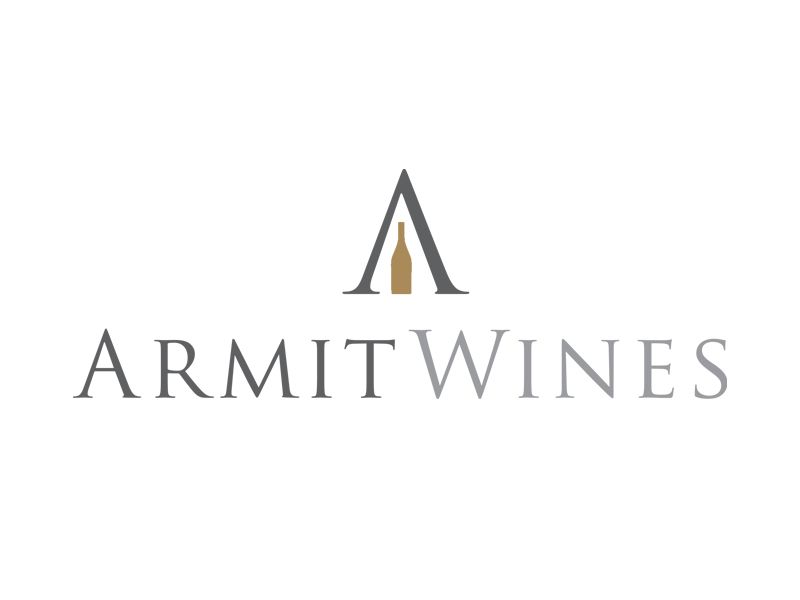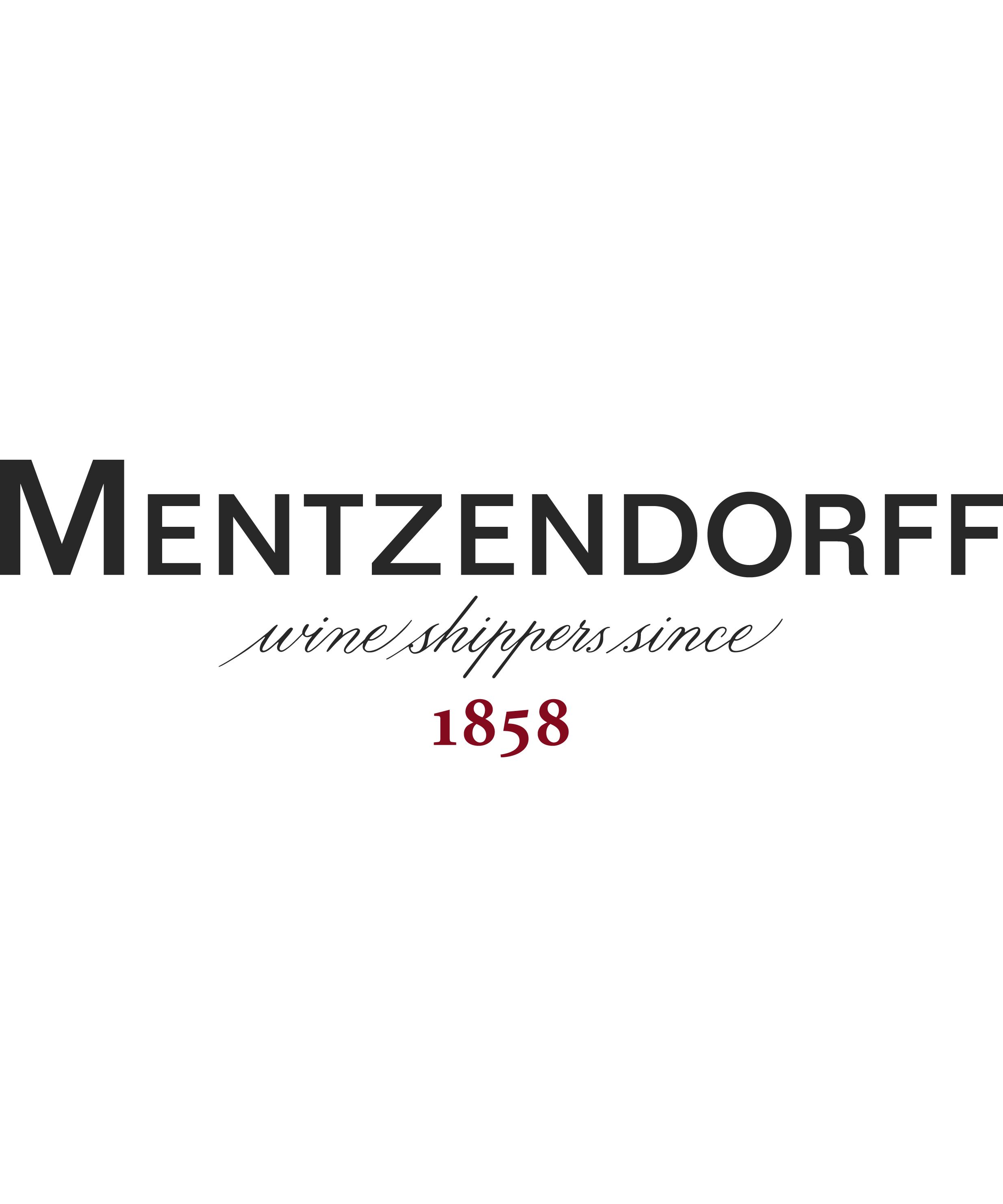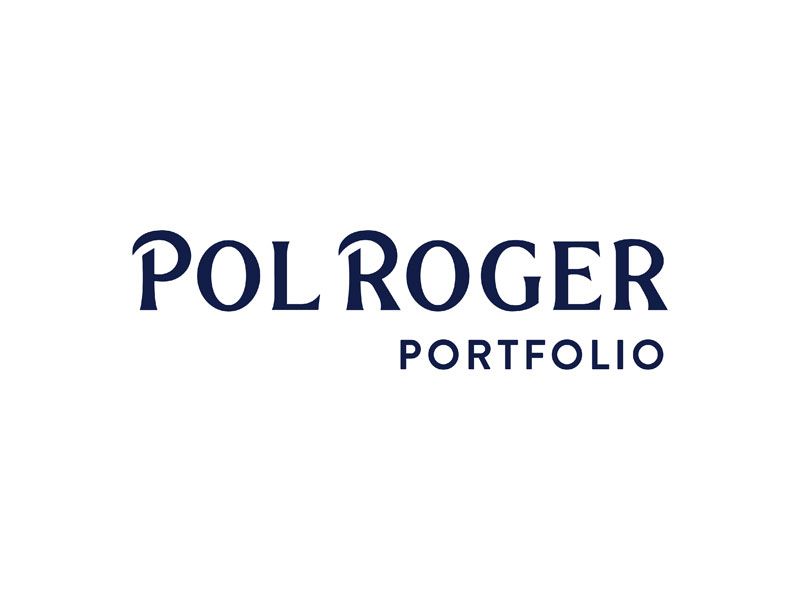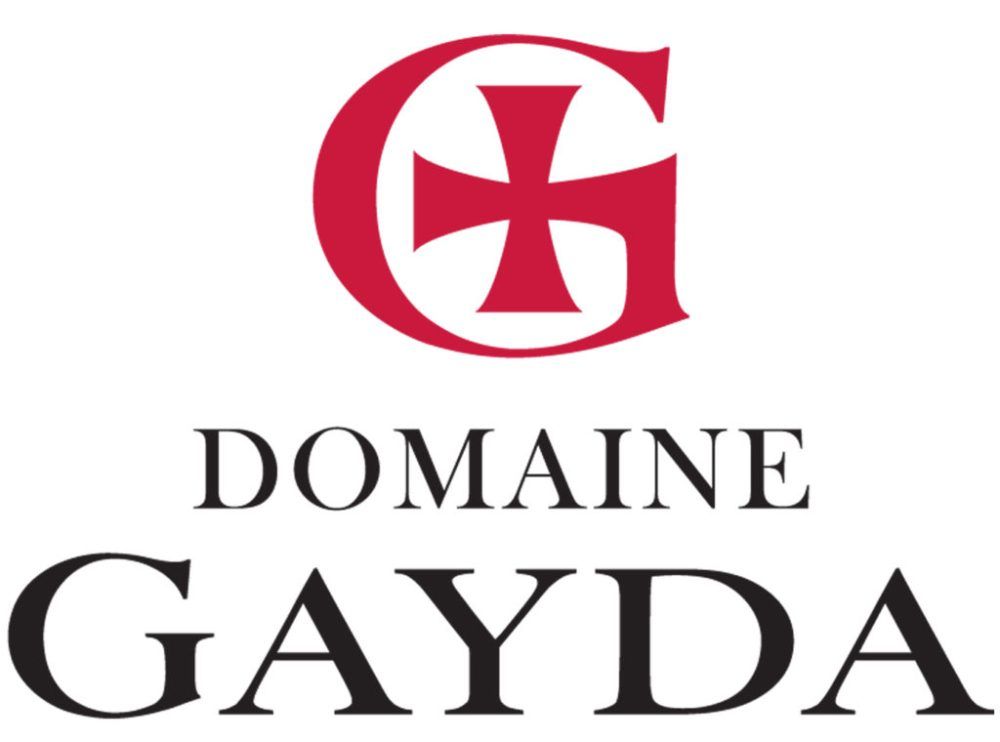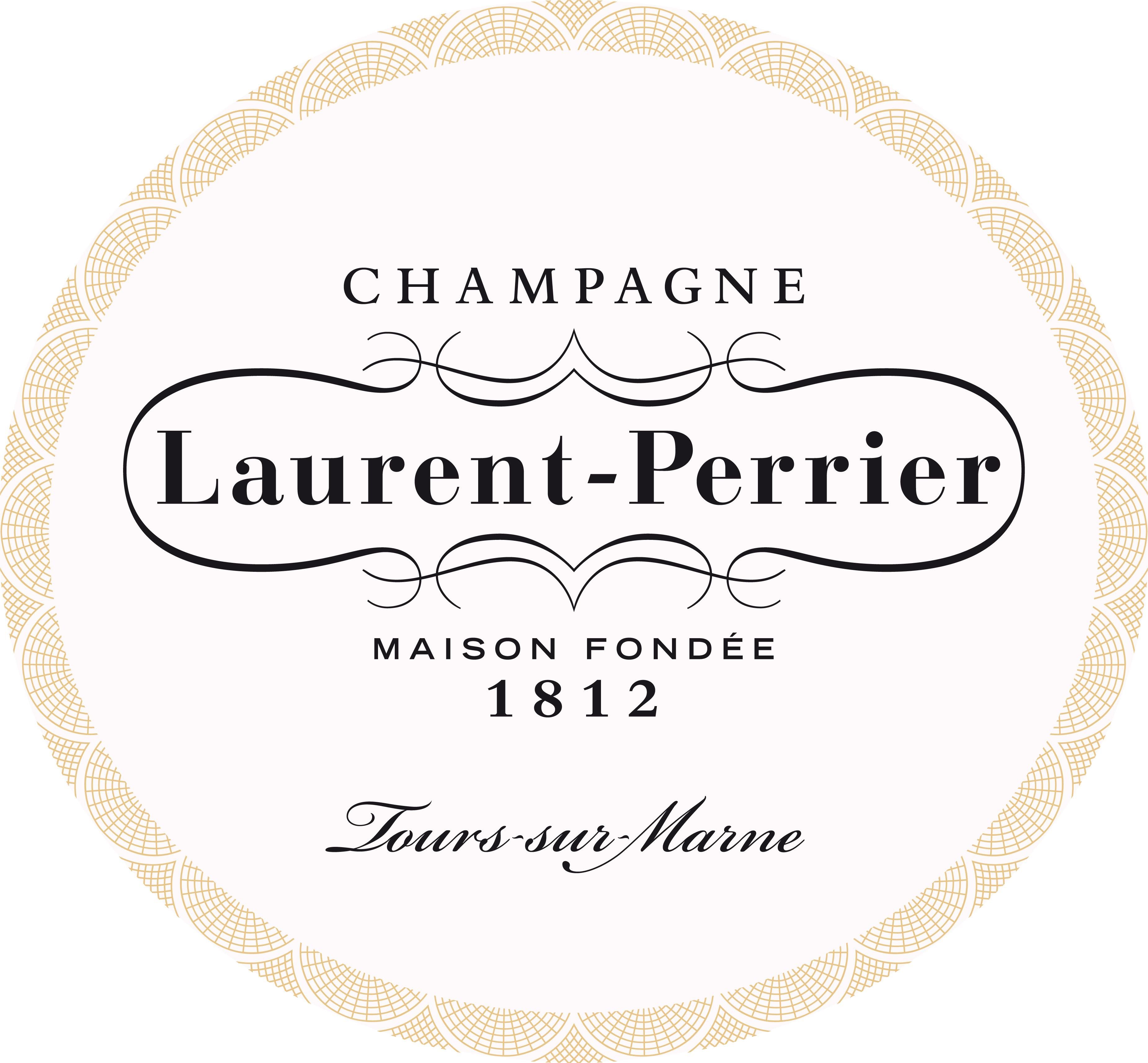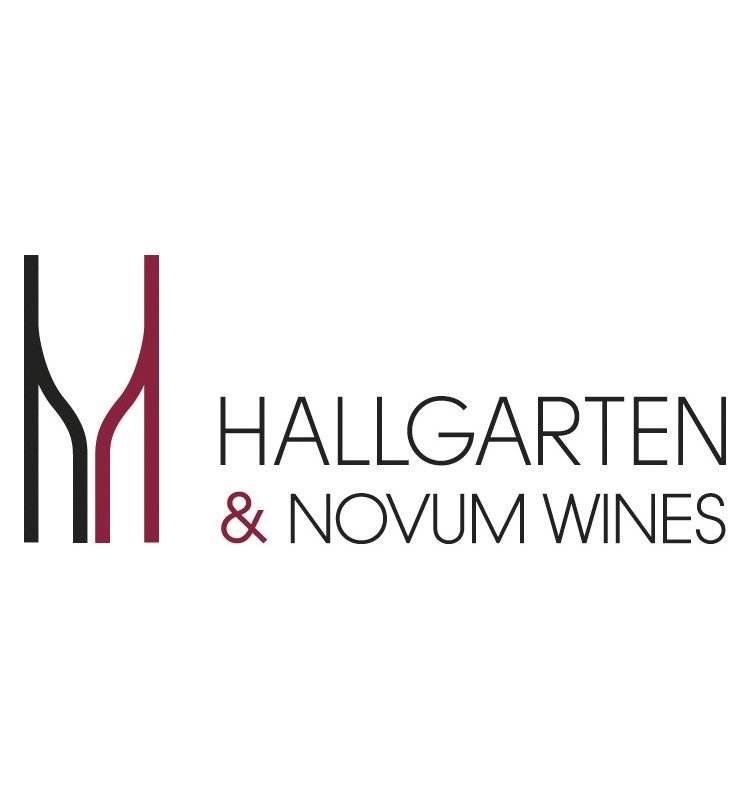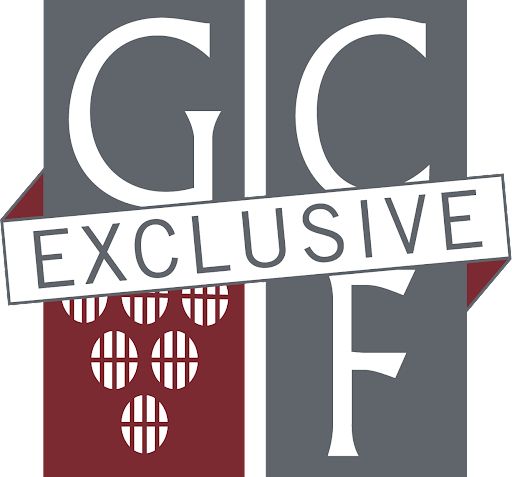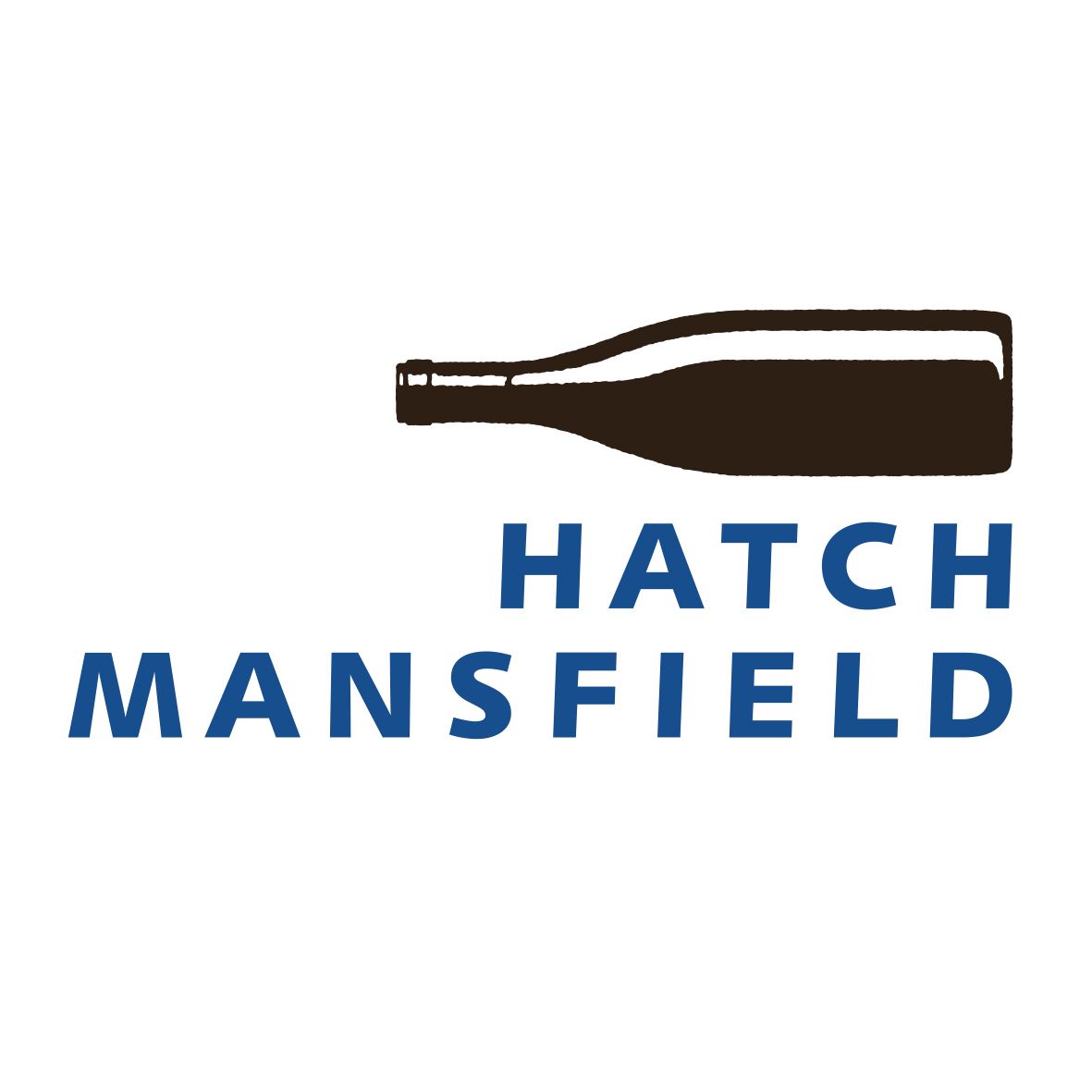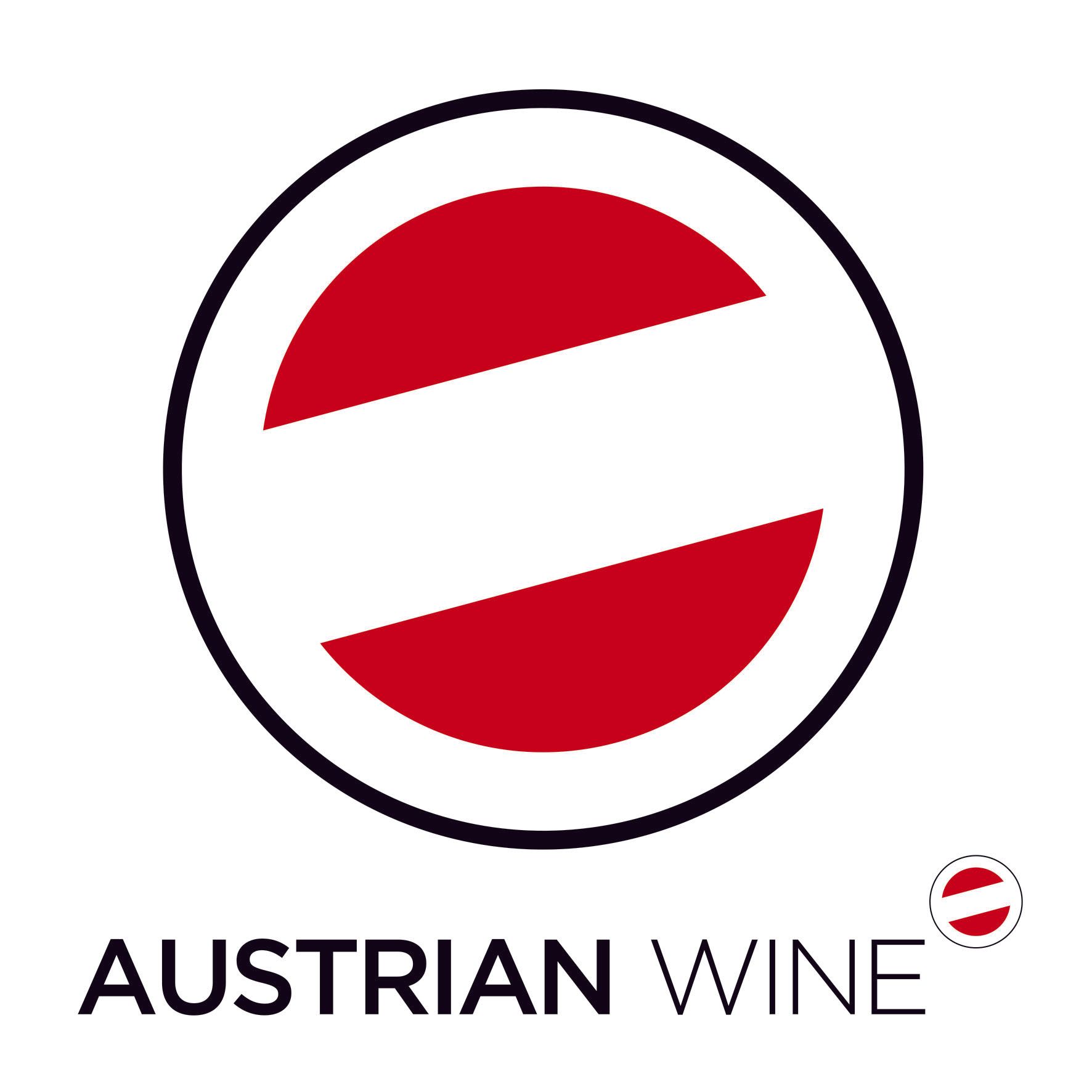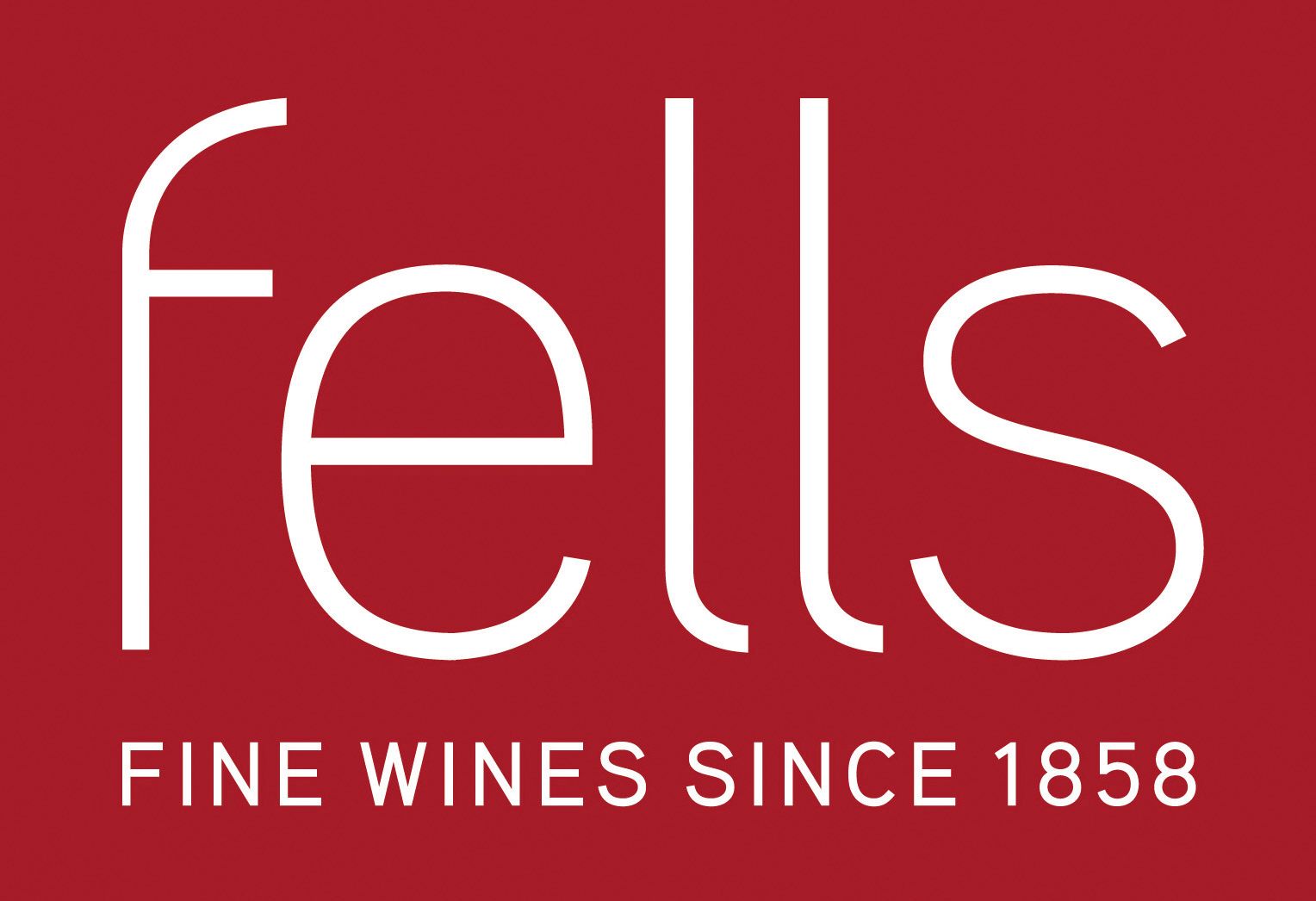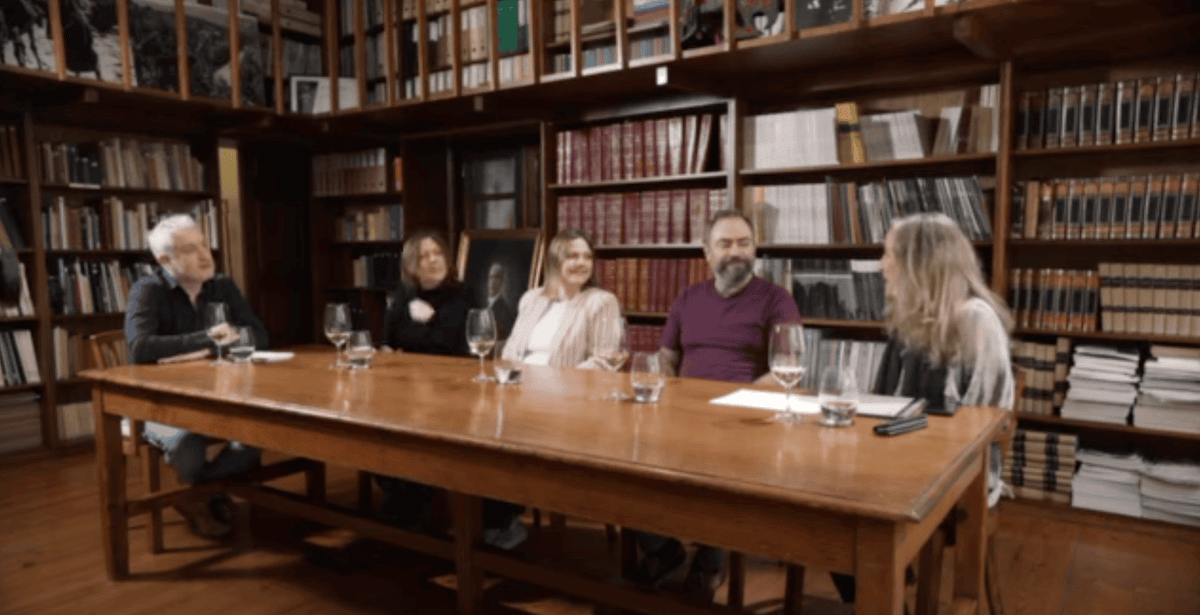Monferrato, the southern part of the Piedmont region in the north-west of Italy, has long been making some seriously good wines from the likes of Nebbiolo and its well-known indigenous grape Barbera, plus international varietals.
But producers believe that the region’s highly original wine styles and local grapes deserve more proper attention. The Consorzio Barbera d’Asti e Vini del Monferrato has invited The Buyer – along with a group of wine writers from Canada, Asia and Norway – to sniff out developments.
It’s worth noting that Monferrato landscape is a UNESCO heritage site, full of pretty, rolling hills and hence a draw for wine tourism. But we are here to taste the wines, with some of the lesser varietals like Freisa, Grignolino, Ruchè and Ulvina.
Sited south-west of Milan around the towns of Asti and Alessandria, the region is a vast DOC in its own right. But it also boasts several dozen DOCs and DOCGs, including a newish Nizza DOCG, with new appellations recognised year by year.
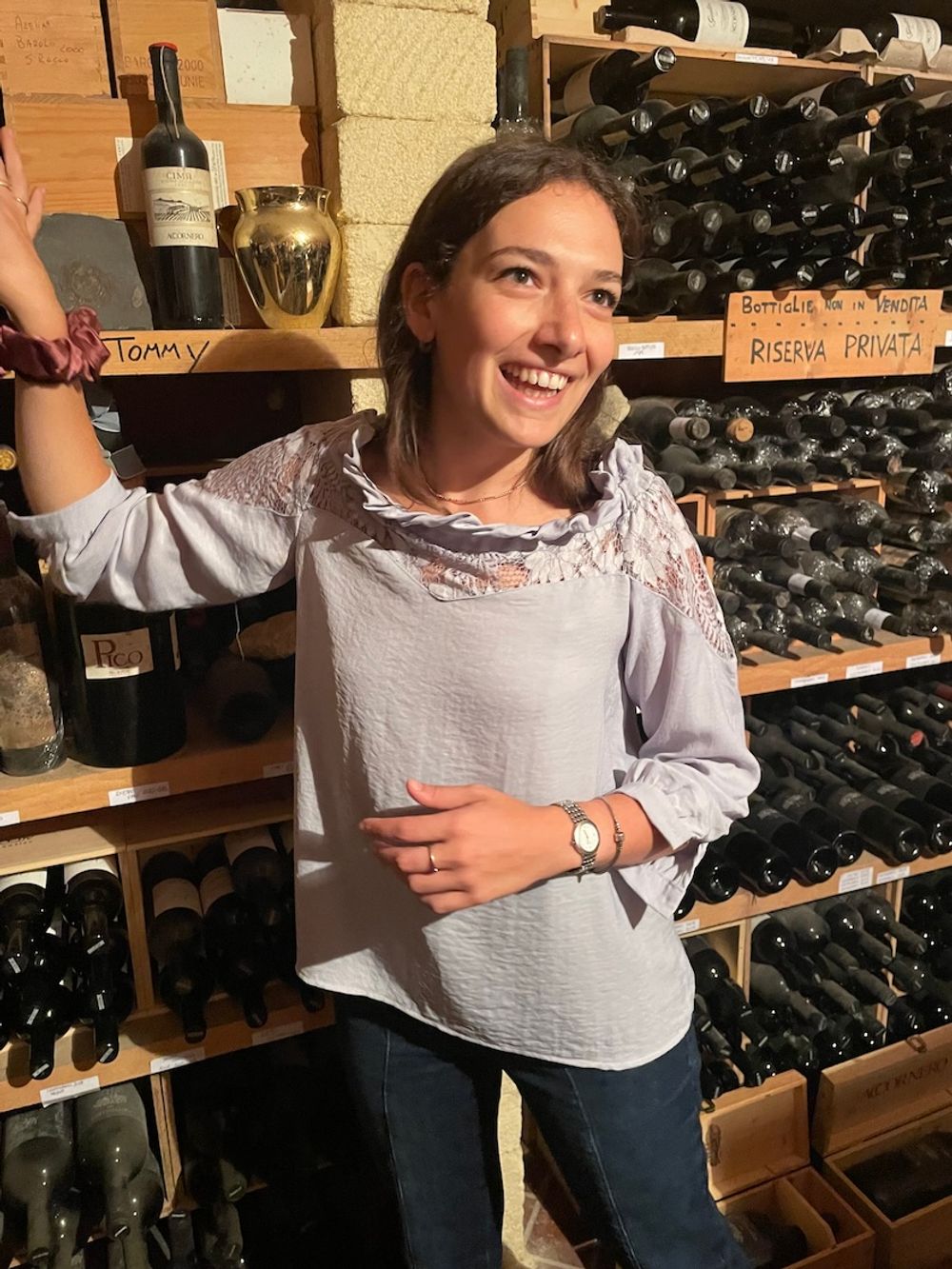
Grignolino is the most important grape - winemaker Giulia Accornero
First varietal - Grignolino
Our journey of varietals from the merely lesser known to the near-extinct starts with Grignolino. This has its own DOC areas including Grignolino del Monferrato, Grignolino d’Asti and Piemonte Grignolino.
We are shown around the Accornero winery by one of the winemakers, Giulia Accornero. The family has 30 hectares of vines, mainly Barbera. But Giulia says most important to them is the seven hectares of Grignolino. The grape is naturally high in tannins thanks to having three-to-four times more seeds (“grignole” means “pips” in the Monferrato dialect) than most varietals.
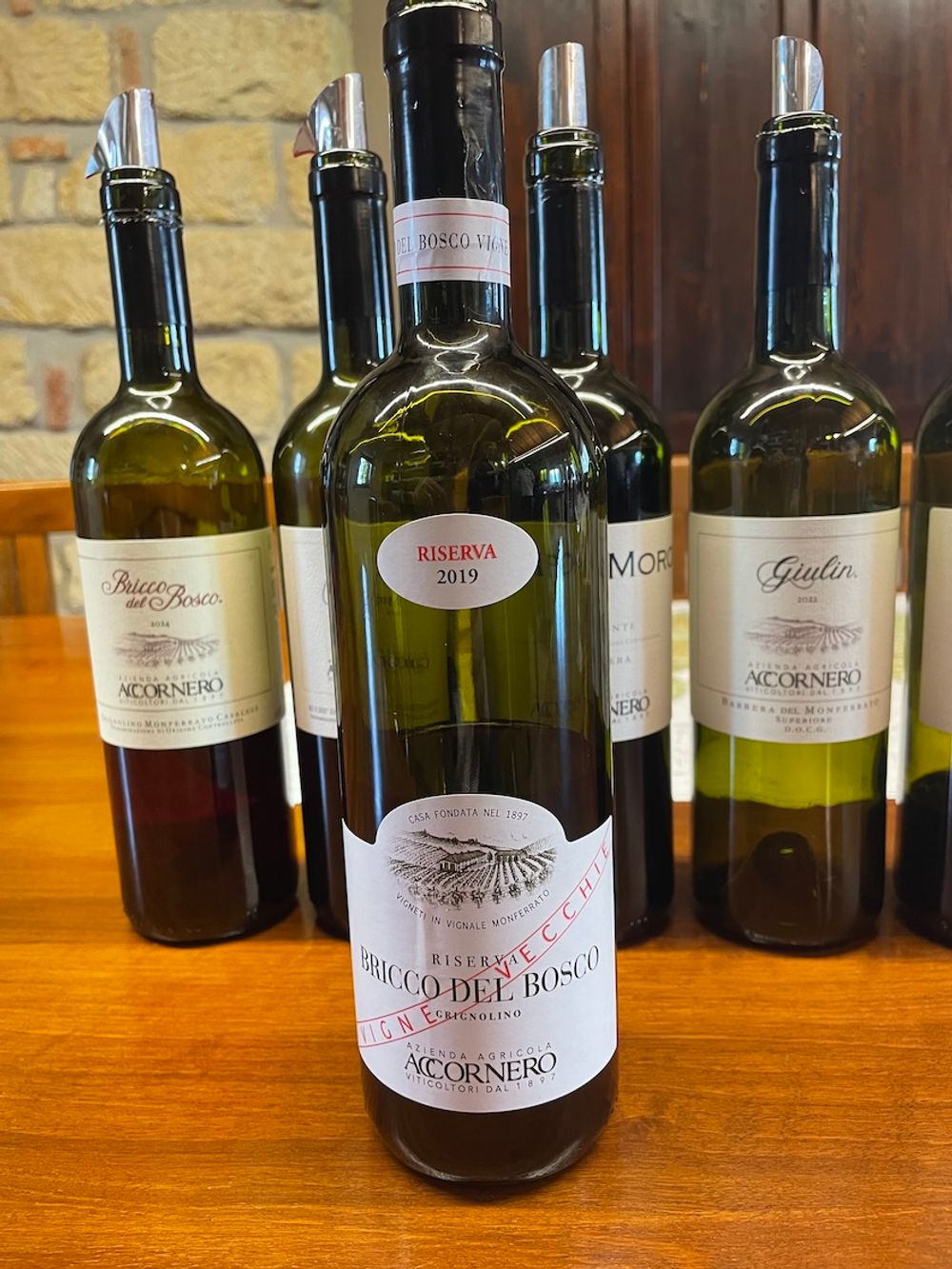
The spotlight is on the Bricco Del Bosco Vigne Vecchie 2019 (ABV 14.5%, €45 a bottle retail). “This wine changed our family’s lives”, explains the winemaker. Nobody used to drink Grignolino, at least not unblended. But Giulia’s father was determined it should have a renaissance. After many setbacks, the story goes, he arranged a tasting at a wine festival and the ancient indigenous grape came out top. After that an association of 15 producers dedicated to 100% pure Grignolino wines was created.
Using 60-year-old vines with 30 months in oak barrels and 24 months in the bottle, the Accornero vineyard’s wine has a light ruby colour with orange notes and an elegant aftertaste with fine tannins.

Still on the Grignolio trail, we then head to Tenuta Santa Caterina. The centre piece is the Monferace Grignolino d'Asti 2020 (ABV 14.5%, €40). The calcareous-clayey marls contribute to produce a wine with elegance and structure.
Freisa, Ruchè and Uvalino
Meanwhile, the Cascina Gilli winery scores on two important counts: value for money and approachability. A fan of the Freisa variety, it boasts that all its reds are easy to drink. The Il Forno 2024 (ABV 14.5%, €12) is a steal. Pure Freisa and quite elegant though with a rustic charm, this has dark fruits and black tea with a subtle bitterness. But the pick of its offerings is another Freisa, the Arvelé (ABV 14%, €20). This offers raspberry, hints of blackberry and tobacco. The palate is crisp and fresh.
Another comparatively hidden variety is Ruchè. One of the rarest naïve vines among those grown in the Asti Monferrato area, it flourishes in calcareous and dry soils. It was awarded DOC denomination in 1987 and obtained DOCG status in 2010 with production now one million bottles a year. A great example is Accornero’s Viari Ruchè Di Castagnole Monferrato DOCG 2024 (ABV 14.5%, €20), ruby coloured with floral notes and trace of red berries.

Maria Borio bringing Uvalino back to life
None, however, can compete in terms of a story, at least, with Maria Borio’s history of Uvalino. She has built a bright, welcoming winery, Cascina Castlèt, themed around a motif of her and a gaggle of childhood friends on a Vespa motorcycle. All very Elena Ferrante.
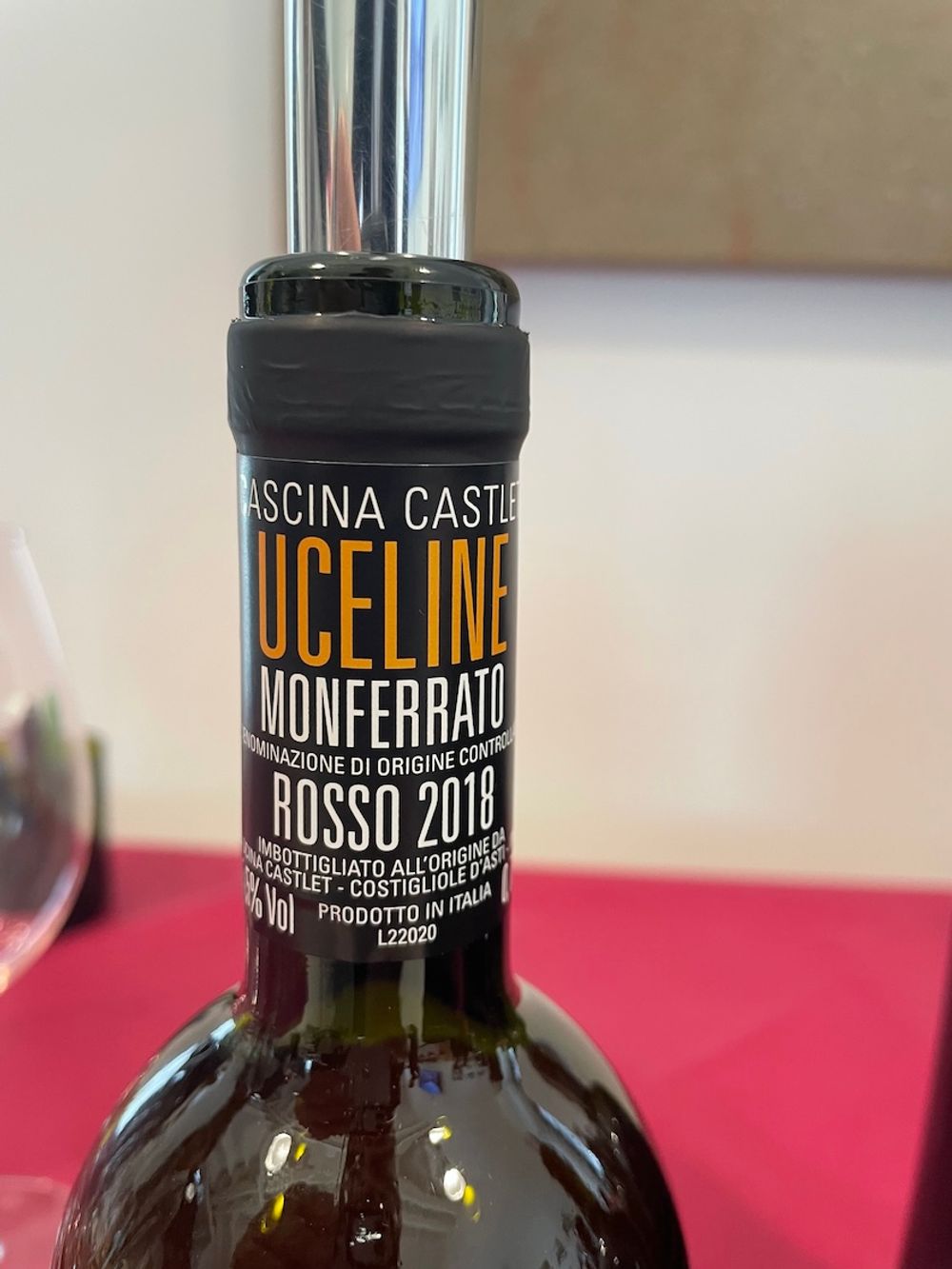
But we’re here to taste a bit of oenological history in the guise of the Uvalino grape. Back in the ‘fifties many families had a couple of rows of Uvalino, apparently. But the variety was about to head for oblivion when Borio decided to resuscitate it. The winery’s Uceline Monferrato Rosso DOC 2018 (ABV 15%, €23) is 100% Uvalino and a real revelation. This vinicultural ‘oddity’ in not odd at all but, balanced elegant with dark fruit notes and a good acidity – very quaffable and affordable. Indeed, well deserving of its own UNESCO heritage award!
Top picks from this trip
Accornero
Bricco Del Bosco Vigne Vecchie Grignolino Monferrato Casalese DOC 2019 (ABV 14.5%, €45), 100% Grignolino, an interesting wine that’s as good as Barolo with fine tannins.
Viari Ruchè Di Castagnole Monferrato DOCG 2024 (ABV 14.5%, €20) 100% Ruchè, ruby coloured with floral notes and trace of red berries. Good value. Pleasantly soft with a good aromatic persistence.
Tentuta Santa Caterina
Monferace Grignolino d'Asti DOC2020 (ABV 14.5%, €40) with strawberry and cherry notes and plenty of oak, a wine of interest to the intellect as well as the senses.
Cascina Gilli
Il Forno Freisa d’Asti DOC 2024 (ABV, €12) 100% Freisa, excellent value, approachable, fruity and fresh, notes of dark fruit, black tea and tobacco.
Arvelé Freisa d’Asti Superiore DOC 2021 (ABV 14%, €20) well-priced, from old vines with an appealing earthiness and notes of dark fruit and plum.
Cascina Castlet
Uceline Monferrato Rosso DOC 2018 (ABV 15.5%, €23), 100% Uvalino, this is both interesting and surprisingly approachable (and very reasonably priced). A palpable hit.
Bersano
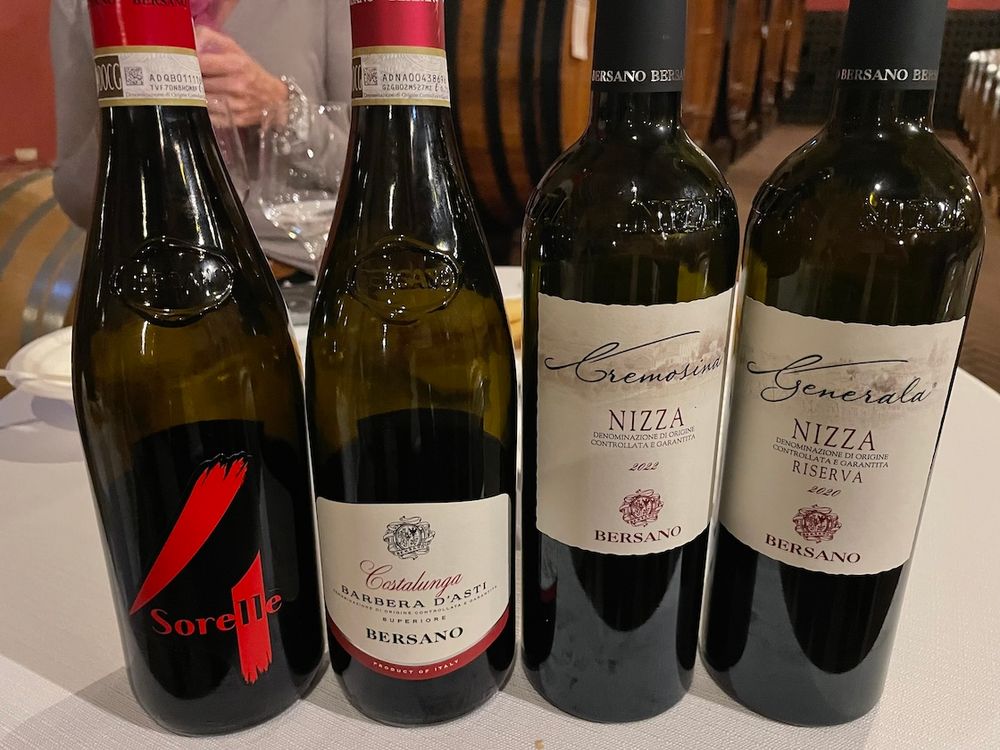
4 Sorelle Barbera d’Asti DOCG 2024 (ABV 14%, €9.90,) Easy drinking Barbera with no pretensions. Great value for money.
